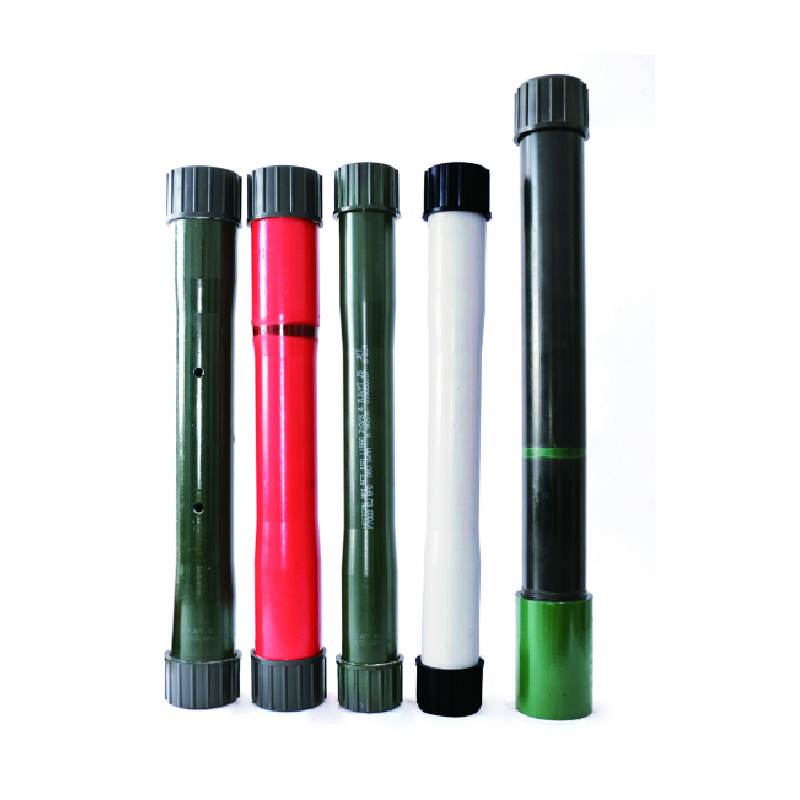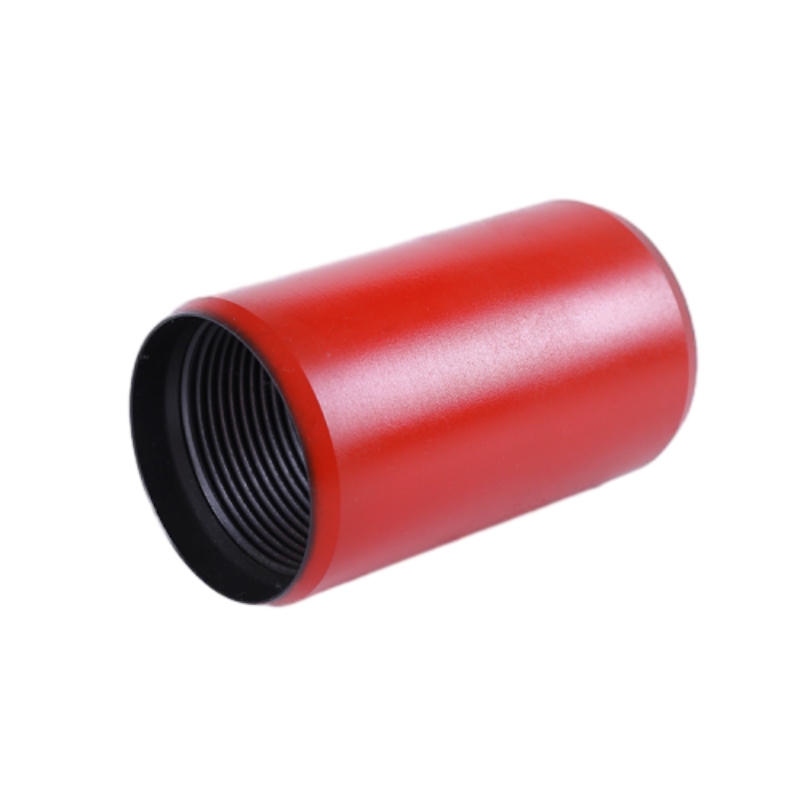High-Quality Tubing Crossover for Reliable Drilling Operations
Overview & Industry Trends
tubing crossover is a vital component widely used in the oil and gas sector, facilitating seamless connections between various tubing and casing sizes or thread types. As the energy industry continues to pursue deeper wells and more challenging drilling environments, the demand for robust, high-precision crossover subs such as tubing crossover, crossover sub drilling, and crossover drilling tool is on the rise.
According to a 2023 report by Offshore Magazine, advancements in metallurgy, precision thread-cutting and advanced corrosion resistance have dramatically improved the performance and lifespan of crossover products, directly affecting operational efficiency and well integrity.[1]

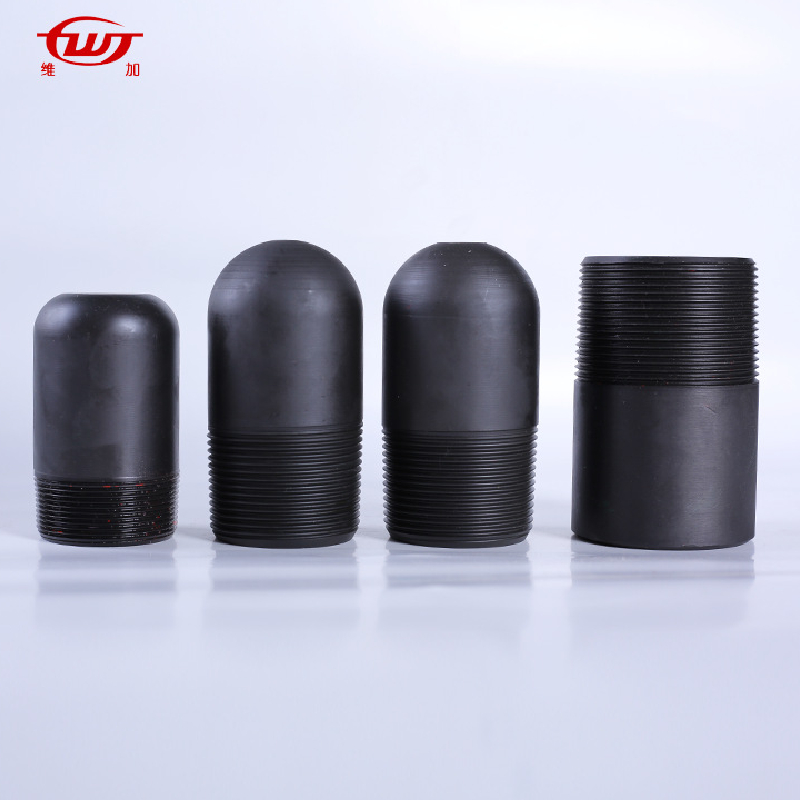
Product Introduction
Brief Introduction: Crossovers for tubing and casing play a critical role in the oil and gas industry, serving as essential components for connecting sections of tubing and casing with different thread types and sizes.
Product Page: https://www.wjpetroleum.com/crossover.html
- Threaded Precision: Advanced CNC machining ensures leak-proof, reliable connections.
- Material Variety: From standard carbon steel to corrosion-resistant alloy steels (Cr-Mo, 4130, Inconel, etc.).
- Customization: Hengshui Weijia supports tailored solutions for complex downhole needs.
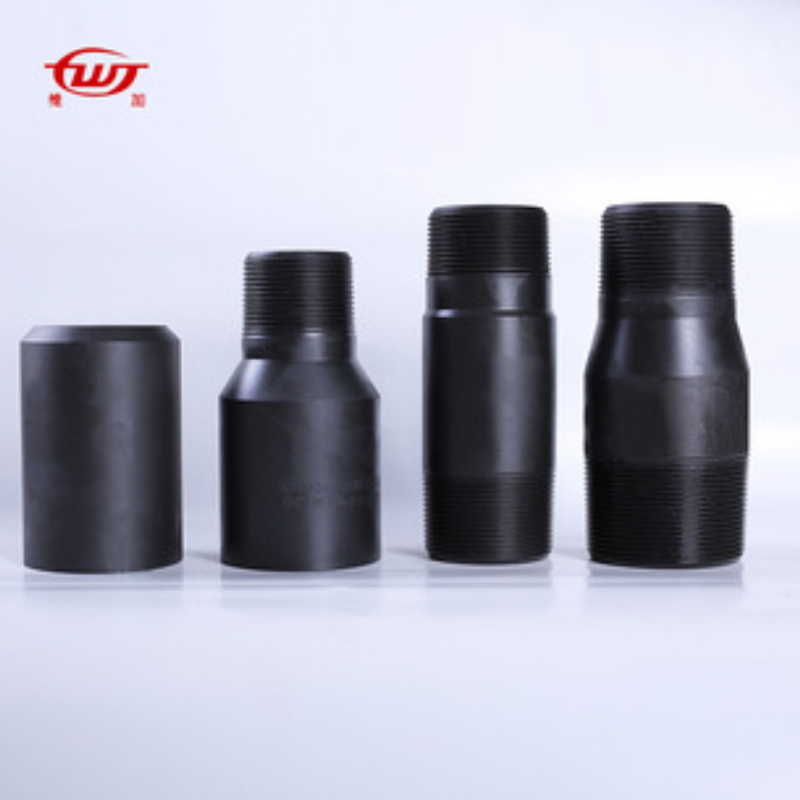
Company Information
Website: https://www.wjpetroleum.com
Tel: +86 318 8638282
Mobile: +86 318 8638282
Email: sales@hsweijia.com
Address: Hengshui Weijia Petroleum Equipment Manufacturing Co., Ltd.
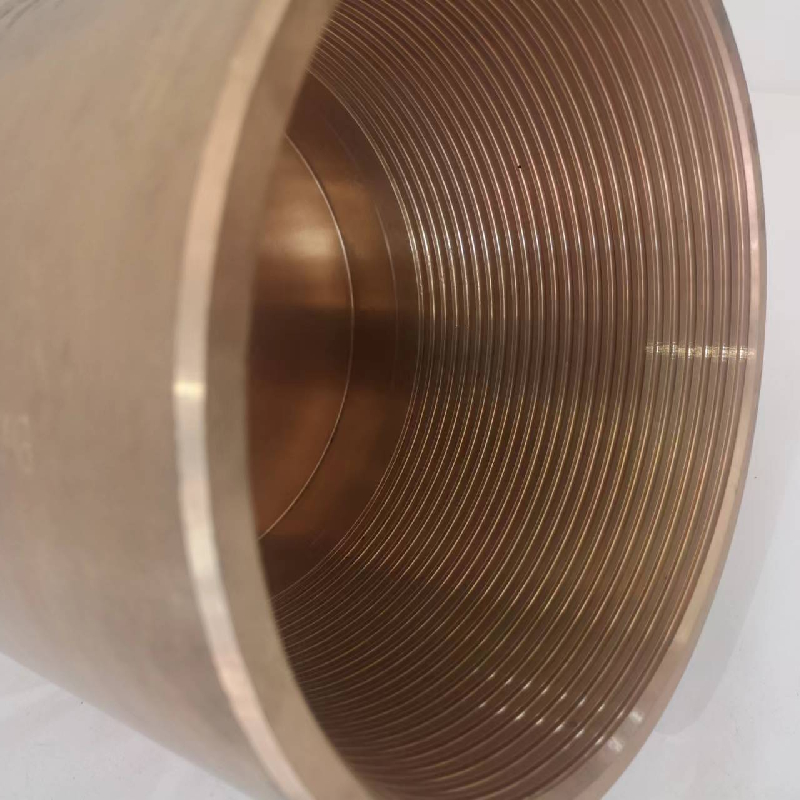
Technical Parameters: tubing crossover At A Glance
| Parameter | Typical Value | Spec Range | Application |
|---|---|---|---|
| Material Grade | API 5CT L80/N80/Q125, 4130 Alloy, Inconel | L80 to Super 13Cr | General wells, sour service |
| Outer Diameter | 2 3/8” – 4 1/2” (60.3mm – 114.3mm) | 1.9” – 7” | Tubing/Casing crossovers |
| Thread Types | EUE, NUE, BTC, LTC, Premium (VAM, Tenaris, Hydril) | API & Custom | Connecting diverse strings |
| Working Pressure | 5,000 – 15,000 psi | Up to 20,000psi | High-Pressure wells |
| Length | 100mm – 300mm (4” – 12”) | Custom on request | Accommodating spacing |
| Special Requirements | Sour gas, H2S-resistant, internal/external coatings | Custom engineered | Harsh wells (HPHT, deepwater) |
Technical Trends & Data Visualization
Crossover Main Technical Comparison
Crossover Material Distribution
Pressure Resistance Trend (psi)
Industry Applications of tubing crossover
- Drilling operations: Crossover sub drilling allows rapid adaptation between drill pipe, casing, and specialty BHA tools, minimizing downtime.
- Completion strings: tubing crossover supports completion string flexibility for pump seating nipple installation, gas lift mandrels, or downhole valves.
- Workover & Well intervention: Easily connects new tools with legacy well tubulars.
- Sour service & HPHT wells: Advanced metallurgy crossovers (Inconel, alloy steel) withstand aggressive chemistry and pressure/temp cycling.
- Directional & horizontal drilling: Premium-threaded drill pipe crossover mitigates risk of thread galling/failure.
- Deepwater operations: High-strength, precisely machined crossovers are a safety-critical element in BOP stack and riser connections.
Professional FAQ: Terminology & Best Practices
- Q1: What material grades are recommended for tubing crossover?
- API 5CT grades like L80, N80, P110, and Q125 are commonly used, alongside alloy steels such as 4130/4140 and corrosion-resistant Inconel for sour or HPHT environments.
- Q2: How do I select the right crossover thread type?
- Thread type should match the mating tubing/casing (EUE, NUE, BTC, premium threads like VAM, Tenaris, etc.). For critical applications, consider premium or gas-tight threads.
[Read more on SPE PetroWiki] - Q3: What are the typical size ranges available?
- Standard outer diameters range from 1.9” up to 7”, with lengths between 100mm–300mm. Custom designs up to 12”+ length can be fabricated per well requirements.
- Q4: What international standards apply to crossovers?
- Crossovers must conform to API 5CT, ISO 13679, and often proprietary thread manufacturer specs for premium threads.
- Q5: How are crossovers quality-tested?
- Nondestructive testing (NDT) like ultrasonic, MPI, and hardness measurements are performed; pressure testing validates performance.
- Q6: What about special service needs (e.g., sour gas)?
- Select NACE MR0175/ISO 15156-compliant materials (e.g., Inconel, 13Cr, overlay coatings) to resist H2S-induced sulfide stress cracking.
- Q7: Can crossovers be recoated or repaired?
- Depending on material and service life, crossovers with minor thread wear can be re-threaded and re-phosphated; severe corrosion requires replacement.
Why Choose Hengshui Weijia Petroleum Equipment Manufacturing Co., Ltd.?
- Proven expertise in tubing crossover technology, with in-house design and CNC precision manufacturing.
- Consistent adherence to latest API, ISO standards for all crossovers, pump seating nipple, and drill pipe crossover products.
- Rapid customization for unique client requirements in drilling, completion, and intervention projects.
- Comprehensive pre-sale technical consultation and after-sales support on all crossover solutions.
- Competitive pricing with stringent quality control and traceability for every crossover sub drilling unit shipped.
References
- Offshore Magazine, 2023. Advances in Premium Connection Technology
- SPE PetroWiki. Casing and Tubing - Thread Selection
- World Oil Journal, 2022. Premium Connections and Crossovers
- API 5CT Specification. API Spec 5CT: Tubing and Casing
-
Tubing Crossover - API Compatible, Custom Sizes, In StockNewsNov.10,2025
-
Tubing Coupling | High-Strength, Leak-Proof Steel CouplingsNewsNov.10,2025
-
Wholesale API Threading Casing Coupling | API 5CT, Fast ShipNewsNov.10,2025
-
Pup Joint Supplier | API Certified, Custom, Quick ShipNewsNov.10,2025
-
Pup Joint Manufacturers | Precision Machined, Fast DeliveryNewsNov.10,2025
-
Tubing Coupling | Precision Steel, Leak-Proof, Fast DeliveryNewsNov.03,2025



